The Difference Between 4-Strand & 8-Strand Braided Line
- By: Justin Ritchey
- on
- Found In: *Tackle & Gear, Braid, Fishing Tips, Line, Weekly Newsletter: 7-25-21
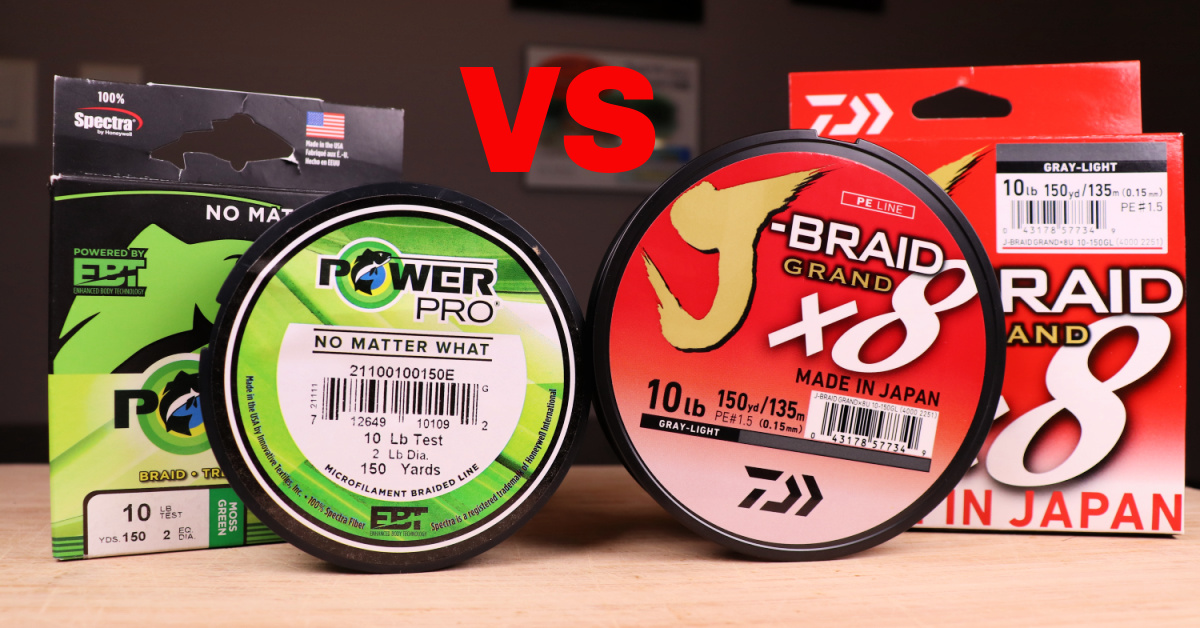
What exactly is the difference between braided lines?
And is one superior over the other?
In this video, you’ll learn:
- Pros & cons of each braided line
- The biggest difference between 4-strand and 8-strand
- How braided line is made
- And more
Check it out below!
4-Strand Vs 8-Strand Braided Line [VIDEO]



Before we dive into the differences, let’s talk about how braided fishing line is made.
And don’t worry, we will not be giving a test or having a spelling bee when we’re done!
What Is Braided Fishing Line?
It’s gel spun ultra-high molecular weight polyethylene.
While that sounds complicated, the process for making is relatively simple.
A raw material (polyethylene) is melted down and extruded through a porous membrane.
Then that polyethylene is spun onto bobbins and these bobbins work in conjunction with one another to weave the strands together.
Think of a merry-go-round.
This process produces the raw product.
Two common trade name fibers commonly used are spectra and dyneema.
And there’s really not one that’s superior over the other because molecularly they are very similar.
What really separates them is how a company manipulates the raw product to create the final product that you use on the water.
The Difference Between 4-Strand & 8-Strand Braid
Companies like PowerPro and Daiwa create the line you use on the water with different resins, coatings, heat-treating processes, dyes, etc.
And those final components are what sets the lines apart from each other.
So what are the application differences?
While the diameters are the same when comparing a 10# PowerPro (4-strand) to a 10# J-Braid (8-strand), the 4-strand performs very differently.
The 4-strand PowerPro casts far, it’s strong and it’s very abrasion-resistant.
And the coarseness of the line helps it cut through grass or debris pretty easily.
A con of a coarse line is that it’s really audible.
You can hear a raspiness on the guides of your rod as you retrieve but this does not affect performance.
A pro is that it’s more economical because it’s made with less material.
Another con of 4-strand is it’s not as round and consistent as an 8-strand.
The increased number of fibers in the 8-strand makes it stronger.
And Daiwa J-Braid 8 Grand is made with the ‘super fiber’ IZANAS.
The molecular structure of this fiber is known for being 4 times more abrasion resistant than the traditional 4-strand fibers of PowerPro.
So this 8-strand is very round, consistent, smooth, abrasion-resistant, and super strong!
Conclusion
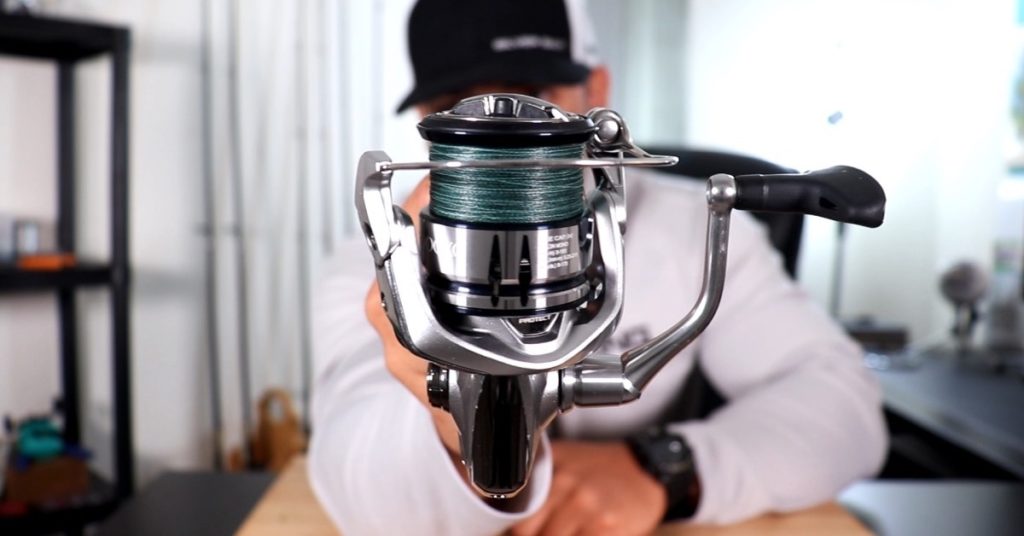
While PowerPro is a great braided line, Daiwa absolutely knocked it out of the park with this J-Braid 8 Grand!
You can get both braided lines from our shop here:
Have any questions about how braided line is made?
Or which one may be better for you?
Let me know down in the comments!
Related articles:
Related categories:
STOP WASTING TIME ON THE WATER!
Do what the “SMART ANGLERS” are doing and join the Insider Club.
Here’s what you’ll receive today when you join:
- Weekly fishing reports and TRENDS revealing exactly where you should fish every trip
- Weekly “spot dissection” videos that walk you through all the best spots in your area
- Exclusive fishing tips from the PROS you can’t find anywhere else
- Everything you need to start catching fish more consistently (regardless if you fish out of a boat, kayak, or land).
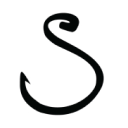
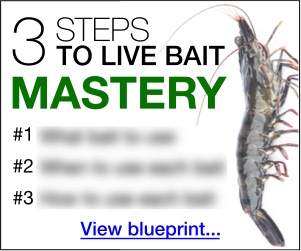


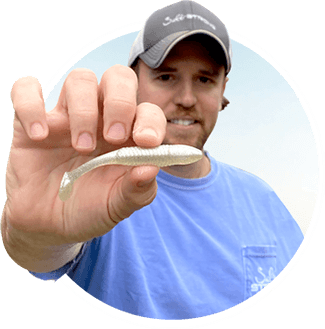
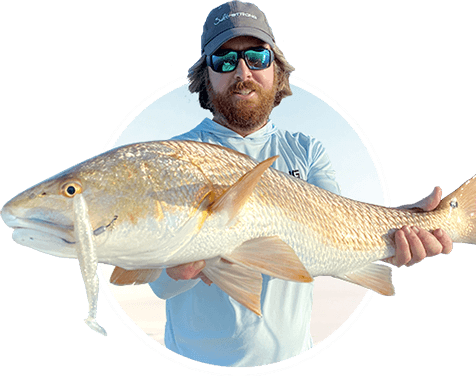
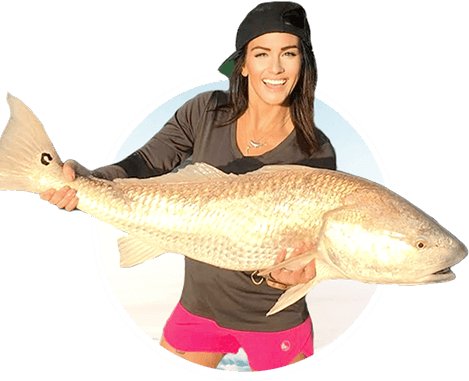
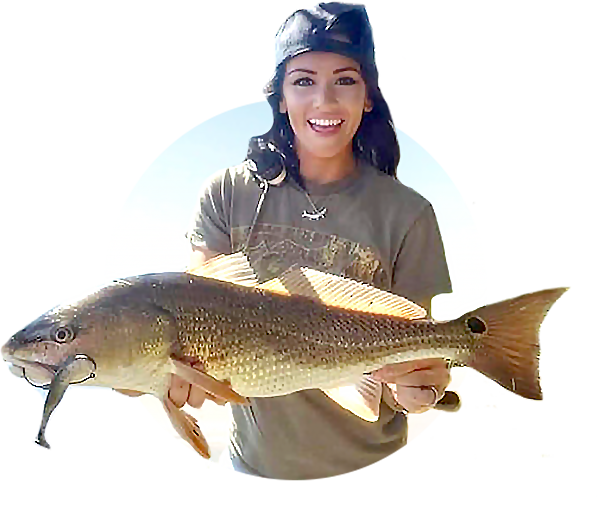
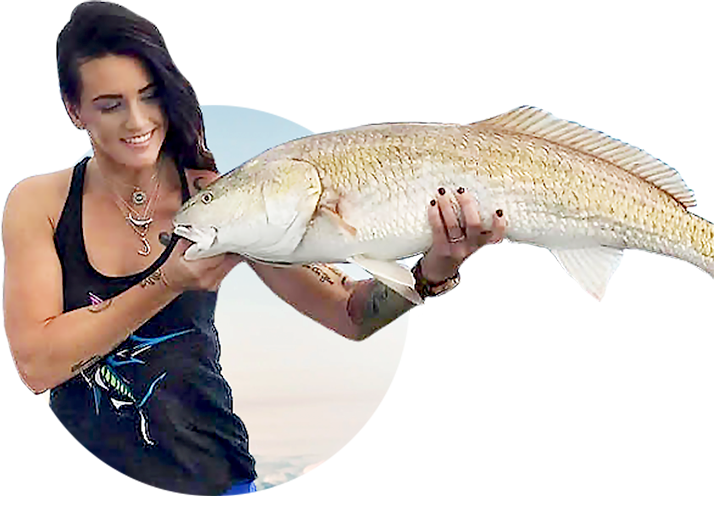

Never had issues with wind knots until I switched to Daiwa J-Braid 8 Grand. Going back to power pro. Made in USA anyway, whereas J-Braid is made in Japan. Wish you guys had the 8 strand power pro in the store.
You want 4 braid on a BFS Reel.
Right?
I recommend 8 strand braid for finesse fishing because it’s much quieter going through the guides… if fishing fish that are heavily pressured, even the vibration of a 4x braid going through guides on a retrieve can spook them.
My one big issue with Power Pro I’m using now is it tends to dig into the spool. I listened to a pro angler yesterday say to go with the more rounded braid to avoid this. However I just read that the rounder is more likely to do this. Now I’m confused. Could you explain to a dummy like me which braid is less likely to dig into the spool?
In short, any braid (regardless of whether it’s flat or round) has the potential to dig into a spool for 2 reasons:
1.) It’s a VERY thin braid (6lb. or 10lb, depending on the application), and this line was put under significant tension causing the line to “dig” between the layers on the spool.
2.) The line was not put on the reel very tight, which can also cause line to “dig” when tension is added.
Walk your spool out. I tie a snap swivel to my braid then to my fence and walk it all the way down to the backer. Then reel in while walking back with a ton of tension on your rod.
Bravo! Let’s all throw away another American made product and buy made in Japan. Well done.
Do you buy all your televisions and cell phones from American manufacturers too? 🙄
Really, American big business is in it for max profits, not country. Wise up. The very greedy $5,000 per hour CEOs have you in their pocket.
You own 2 big screen TV because you will not pay Union wages for US built.
I buy US shoes SAS, Texas made, $$$! Do you?
Most American made isn’t.
Japan made well Japan made.
Interesting isn’t it.
Look at those big business American brand razor blades you pay out the nose for.
Those companies just have headquarters in America. They moved their products off shore decades ago to Russia. Russia makes the world’s share of blades. All same factory, but just labeled with US Logos for each company. Look it up. I used to buy razor blades through the Ukrainian, Russian made, 100 for ten bucks. Horse hair shaving brushes about $5.00. Ukrainian was not in the European Union so shipping very affordable.
Sadly with Russian aggressive attempts to slowly seize European, with some US citizens supporting that, Ukrainian commerce has disappeared in the US.
Great break down Justin, good info to know, thanks for sharing.
Thank you Stephen!
Very well done Justin. I figured out years ago that 8 strand Sufix 832 was such a better line on my low profile baitcasters but I didn’t know why. It’s back to the “roundness” of the line. 8 strand braid now allows for 20lb or 25lb in baitcasters where before I wouldn’t drop below 30lb.
Good stuff.
Appreciate that, Tom! Glad you enjoyed it.
Great presentation Justin. One question that I’ve been wondering for a while is that it has seemed that Power Pro (4 strand) has been the go to by most professional anglers for quite some time SaltStrong team included. I completely understand the switch to 8 strand and have been fishing it for around 12 years give or take. Is there any specific reason that the SaltStrong team chose the Daiwa 8 strand line over PowerPro’s 8 strand line?
Really good question, Travis. We actually talked about adding this line to the Shop Page, but after Luke tested it in a video in terms of Casting Performance and Knot Strength, it really didn’t seem to be that much of an improvement over their original 4 Strand. Check it out: PowerPro Super Slick V2 vs. PowerPro Original [Casting & Strength Comparison] (saltstrong.com)
Very informative, Thanks for posting Justin!
Thanks Mark!
I don’t know about J Braid, but I have never had a wind knot problem with Power Pro and will not switch
Power Pro is still a great Braided line! I’ve just found some advantages to the J-Braid x8 Grand. Each angler fishes a little differently, and many love Power Pro, and for good reason!
Great overview – thanks for the breakdown on the 4 and the 8 strand braided lines
Thanks Pablo!!!